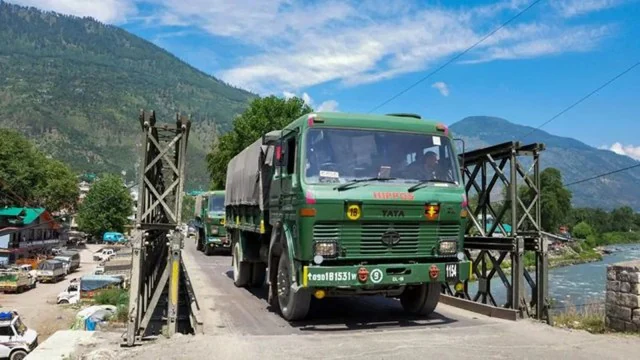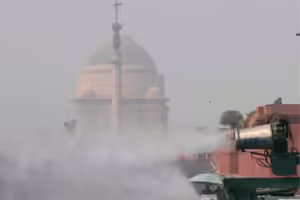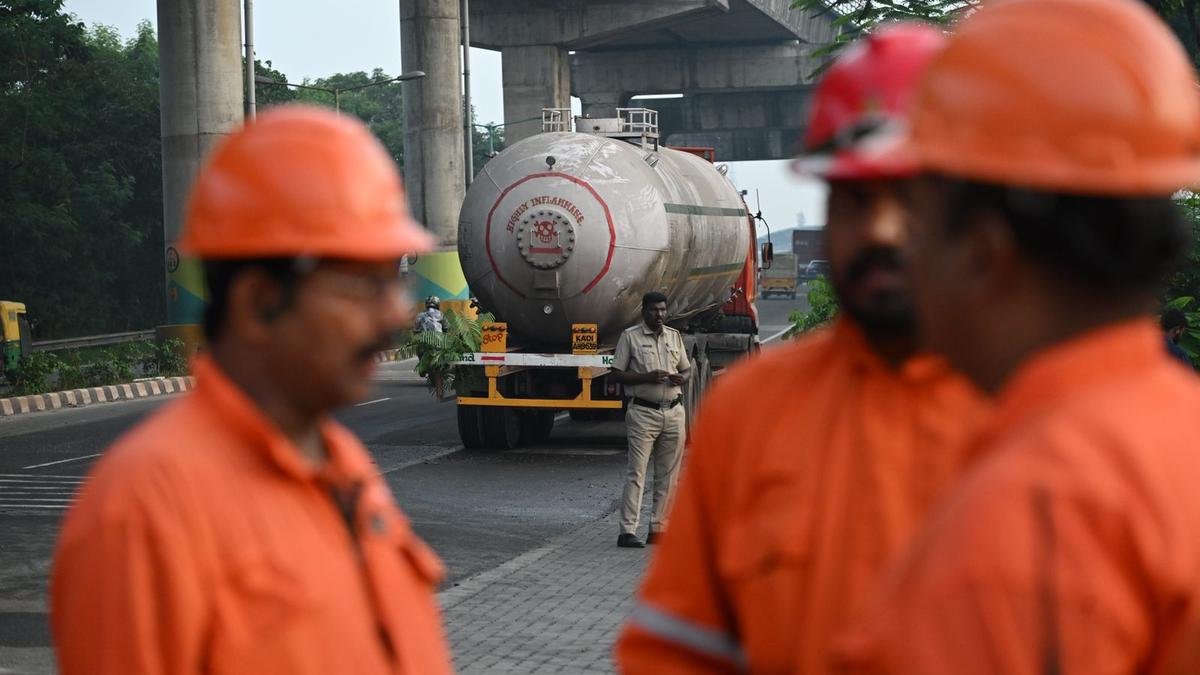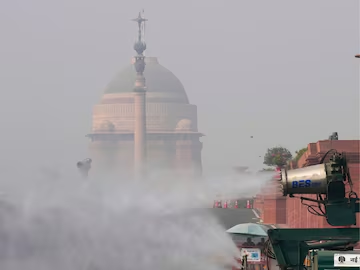India China border agreement: Patrol rights in Depsang Plains, Demchok to be restored, will be closely coordinated

Sources indicated that although patrolling rights in Depsang Plains and Demchok were settled, the status quo at other tense locations like Galwan Valley and Pangong Tso, where troops disengaged and buffer zones were established two years ago, was expected to persist.
India and China have taken a significant step forward in resolving the military standoff along the Line of Actual Control in eastern Ladakh. Both countries have reached an agreement to reinstate patrolling rights in the Depsang Plains and Demchok region, addressing longstanding issues predating the 2020 Chinese incursions.
According to reports, it has been mutually decided by both parties that patrols in the Depsang Plains situated in the northern Ladakh region and Demchok in the southern region will extend up to the previous patrolling markers along the Line of Actual Control (LAC). Consequently, this arrangement allows Indian forces to conduct patrols up to patrolling points (PP) 10 to 13 in the Depsang Plains and in Charding Nullah of Demchok.
According to reports, specific mutual agreements have been reached for the eastern front, particularly focusing on the sensitive areas of Arunachal Pradesh. Further discussions regarding other sectors in the east are scheduled to take place between the parties at a later stage.
Sources indicated that although patrolling rights in Depsang Plains and Demchok were settled, the status quo would persist at the remaining friction points such as Galwan Valley and Pangong Tso. Troops had disengaged at these locations two years ago, leading to the establishment of buffer zones.
Sources have indicated that a typical patrol consists of approximately 13 to 18 members, with a minimum of 14 to 15 soldiers present in order to prevent any potential clashes. It has been reported that both parties will share their patrol schedules, and in the event of conflicting dates or times, these will be adjusted through mutual agreement.
Sources have indicated that there will be effective coordination in patrolling between both parties, ensuring that they stay updated with each other’s activities.
The reduction of troops stationed along the Line of Actual Control (LAC) will be implemented. This measure was already included in the Army’s winter strategy for Ladakh.
Sources have indicated that both parties are committed to carrying out measures to enhance confidence and diminish the trust gap. According to a source, these efforts will involve monthly meetings at the CO/Commander level, as well as ad-hoc discussions as needed.
The recent agreement reached concerning the Depsang Plains and Charding Nullah in Demchok is of particular importance. It is worth noting that a year ago, the Chinese side was hesitant to even engage in discussions regarding these areas, despite agreeing to disengage at other points of contention. In eastern Ladakh, there have been confrontations between Indian and Chinese troops at seven friction points since May 2020. These points include PP 14 (Galwan), PP 15 (Hot Springs), PP 17A (Gogra), as well as the north and south banks of Pangong Tso, along with the Depsang Plains (where Chinese forces had previously restricted Indian access) and Charding Nullah.
In the geopolitically significant locale of the Depsang Plains, located a mere 30 km southeast of the strategically vital Daulat Beg Oldie post near the Karakoram Pass in the north, an intriguing opportunity presents itself. Amidst rugged mountainous surroundings, this area boasts a level terrain that could serve as a potential launchpad for military offensives by either nation, reminiscent of the strategic Spanggur Gap in the Chushul sub-sector.
Approximately 7 kilometers to the east of Burtse, a strategic location housing an Indian Army base, lies Bottleneck. This rocky formation serves as a vital crossroad within the Depsang Plains region. Here at the Y-Junction, where the path splits into two directions, one can choose between heading north towards PP10 via Raki Nala or southeast towards PP-13 along Jiwan Nala.














